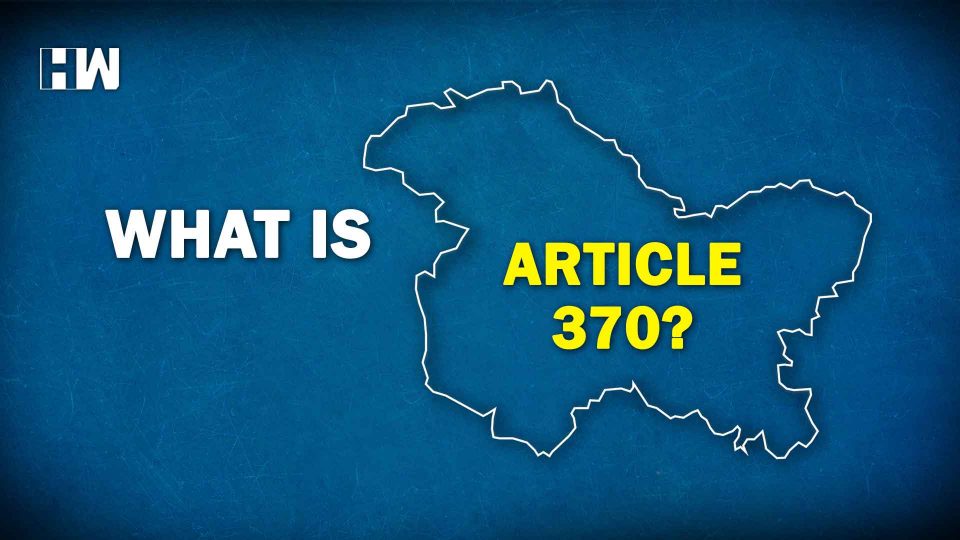In a historic move today the BJP-led government scrapped Article 370 which was imposed on the state of Jammu and Kashmir, gave them a special status.
Home Minister Amit Shah today proposed before the Rajya Sabha demanding that the article be abrogated. President Ramnath Kovind gave his direct approval and it was officially scrapped.
What is Article 370?
Article 370 is often seen as a tunnel or a bridge which connected the people of Jammu and Kashmir to the Government of India.
Article 370 grants the state a special autonomous status. It is a ‘temporary provision’ under Part XXI of the Constitution of India, which deals with “Temporary, Transitional and Special Provisions.”
There is a long-carried out debate whether the article is actually “temporary” or not. The Supreme Court in 2017 had ruled out that it was not, but the Home Minister today had stated that it was temporary, and it was time to do away with it.
What are the provisions of Article 370?
The article allows the Central Government to make decisions only in defence, foreign affairs and communication. Any other implementation needs approval from the state government.
The government also cannot declare a financial emergency in the state. The Central government can impose National Emergency in the state in two conditions only; war and external invasion.
The state is run by its own constitution and not according to the Indian Constitution.
Any other citizen of India cannot buy land or property inside the state.
They are also exempt from Part 4 of the Indian Constitution (Directive Principal of State Policy) and Part 4A (Fundamental Duties).
It means the citizens of Kashmir are not bound to save the cow, maintain the dignity of the women and respect the National Flag of India, or any national symbol. The state also has two flags: One is its own and one India’s tricolour.
Along with the article, Jammu and Kashmir has also now become a Union Territory, with legislative laws. Ladakh has become a separate Union Territory, without a legislature.
India now has 9 Union Territories.
As an independent media platform, we do not take advertisements from governments and corporate houses. It is you, our readers, who have supported us on our journey to do honest and unbiased journalism. Please contribute, so that we can continue to do the same in future.

